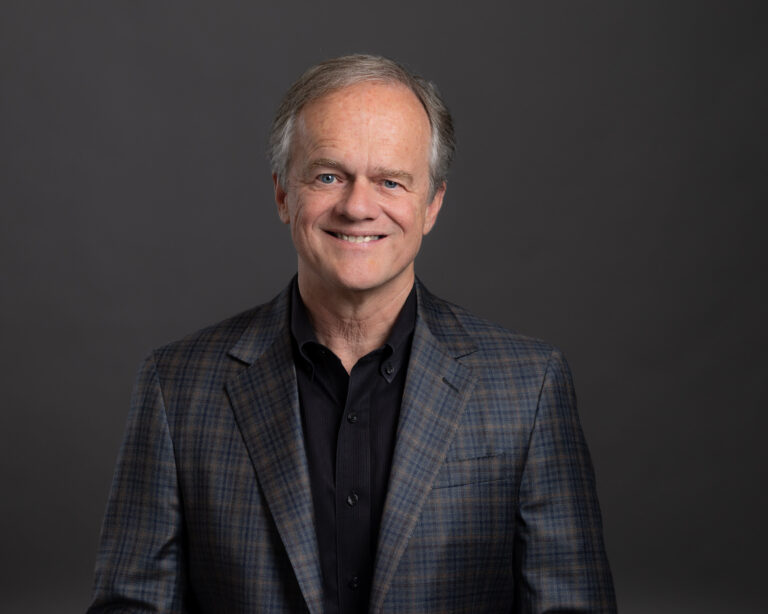
A key measure of U.S. consumer confidence climbed to a 17-month high in June as optimism about the job market and the outlook for family financial health improved. The Conference Board says its Consumer Confidence Index rose 7.2 points, to 109.7, from a revised 102.5 in May.
“Consumer confidence improved in June to its highest level since January 2022, reflecting improved current conditions and a pop in expectations,” Dana Peterson, chief economist at The Conference Board, stated in a press release. “Greater confidence was most evident among consumers under age 35 and consumers earning incomes over $35,000. Nonetheless, the expectations gauge continued to signal consumers anticipating a recession at some point over the next six to 12 months.
“Assessments of the present situation rose in June on sunnier views of both business and employment conditions,” Peterson added. “Indeed, the spread between consumers saying jobs are ‘plentiful’ versus ‘not so plentiful’ widened, indicating upbeat feelings about a labor market that continues to outperform. Likewise, expectations for the next six months improved materially, reflecting greater confidence about future business conditions and job availability.

“While income expectations ticked down slightly in June, new questions included in this month’s release found a notably brighter outlook for consumers’ family finances: Around 30% expect their family’s financial situation to be ‘better’ in the next six months, compared to less than 14% expecting it to be ‘worse.’ This might reflect consumers’ belief that labor-market conditions will remain favorable and that there will be further declines in inflation ahead. Indeed, the 12-month forward inflation expectations gauge fell to 6% in June, the lowest reading since December 2020.”
Meanwhile, a separate indicator of consumer sentiment also rose in June. The University of Michigan says its Consumer Sentiment Index moved up from 59.2 in May to 64.4 in June. “Consumer sentiment rose 9% [in June], a consensus improvement across all demographic groups,” Joanne Hsu, director of the university’s Surveys of Consumers, stated in a press release. “The year-ahead economic outlook soared 28% over [May], and long-run expectations rose 11%, as well.
“Overall, this striking upswing reflects a recovery in attitudes generated by the early-month resolution of the debt ceiling crisis, along with more positive feelings over softening inflation,” Hsu added. “Views of their own personal financial situation were unchanged, however, as persistent high prices and expenses continued to weigh on consumers.”
The Commerce Department says consumer spending rose in May, but by just 0.1%. “The spending splurge is likely nearing the end, as consumers released most of the pent-up demand for spending,” Jeffrey Roach, chief economist at LPL Financial, told CNBC.

Inflation rose in May but at a lower rate. The Personal Consumption Expenditures Price Index, excluding the volatile food and energy categories, rose 0.3% after increasing by 0.4% the previous month. The so-called core PCE price index rose 4.6% on a year-over-year basis in May after rising 4.7% in April. The PCE is the Federal Reserve’s preferred inflation gauge.
Although Fed policymakers left interest rates unchanged in June, economists anticipate that the central bank will once again increase them in July. “The recent stalling of consumer spending and somewhat better inflation news validate the Fed’s decision to skip a meeting [in June], though continued stickiness in core prices likely warrant another tap on the brakes in July,” Sal Guatieri, a senior economist at BMO Capital Markets in Toronto, told Reuters.
The Conference Board says its Leading Economic Index declined by 0.7% in May, to 106.7, after falling 0.6% in April. “The U.S. LEI continued to fall in May as a result of deterioration in the gauges of consumer expectations for business conditions, Institute for Supply Management New Orders Index, a negative yield spread and worsening credit conditions,” Justyna Zabinska-La Monica, senior manager, business cycle indicators, at The Conference Board, stated in a press release.
“The U.S. Leading Index has declined in each of the last 14 months and continues to point to weaker economic activity ahead,” Zabinska-La Monica added. “Rising interest rates paired with persistent inflation will continue to further dampen economic activity. While we revised our Q2 GDP forecast from negative to slight growth, we project that the U.S. economy will contract over the Q3 2023 to Q1 2024 period. The recession likely will be due to continued tightness in monetary policy and lower government spending.”
The mood at the nation’s small businesses brightened slightly in May. The National Federation of Independent Business says its Small Business Optimism Index rose 0.4 points, to 89.4, although it was the 17th consecutive month that the index has been below the 49-year average of 98. “Overall, small-business owners are expressing concerns for future business conditions,” Bill Dunkelberg, the NFIB’s chief economist, stated in a press release. “Supply-chain disruptions and labor shortages will continue to limit the ability of many small firms to meet the demand for their products and services, while less severe than last year’s experience.”
Twenty-five percent of member business owners say that inflation is the single most important problem in operating their businesses. Forty-four percent of owners said they have job openings that are difficult to fill. That was down 1% from April, and NFIB says it remains historically high. A net 41% of owners, seasonally adjusted, report raising pay in May, up 1% from April.
Confidence among the nation’s home builders improved in June. The National Association of Home Builders said its NAHB/Wells Fargo Housing Market Index rose five points, to 55, marking the sixth straight month that it has increased. “Builders are feeling cautiously optimistic about market conditions, given low levels of existing home inventory and ongoing gradual improvements for supply chains,” NAHB chairman Alicia Huey, a custom home builder and developer from Birmingham, Ala., stated in a press release. “However, access for builder and developer loans has become more difficult to obtain over the last year, which will ultimately result in lower lot supplies as the industry tries to expand off cycle lows.”
“A bottom is forming for single-family home building as builder sentiment continues to gradually rise from the beginning of the year,” NAHB chief economist Robert Dietz added. “[June] marks the first time in a year that both the current and future sales components of the [Housing Market Index] have exceeded 60, as some buyers adjust to a new normal in terms of interest rates. The Federal Reserve nearing the end of its tightening cycle is also good news for future market conditions in terms of mortgage rates and the cost of financing for builder and developer loans.”
All three of the HMI’s component indexes rose in June. The index that gauges current sales conditions rose five points, to 61; the index that charts sales expectations in the next six months climbed six points, to 62; and the index that measures the traffic of prospective buyers was up four points, to 37. Any number above 50 indicates that more builders view conditions as good rather than poor.
The Commerce Department said sales of new homes surged 12.2% in May, to a seasonally adjusted average rate of 763,000. It was the highest level since February 2022. “Demand for new homes is strengthening because of a lack of existing home inventory,” Huey, the NAHB chairman, stated in a press release. “And while builders continue to grapple with elevated construction costs, an encouraging sign is a big gain in home sales priced in the $200,000 to $300,000 price range. In May 2022, just 5,000 homes sold in this range, and that total increased to 12,000 in May 2023.”
“New-home inventory was 31% of total inventory in May,” Dietz, of the NAHB, added. “Historically, it is typically 10% to 15%. Further, the pace of resales is down 20% from a year ago, while the rate of new-home sales is up 20% from a year ago.”
The median price for new homes was $416,300 in May, down 7.6% from a year earlier. Existing-home sales rose slightly in May. The National Association of Realtors said sales climbed 0.2%, to a seasonally adjusted annual rate of 4.3 million. “Mortgage rates heavily influence the direction of home sales,” NAR chief economist Lawrence Yun stated in a press release. “Relatively steady rates have led to several consecutive months of consistent home sales.
“Available inventory strongly impacts home sales, too,” Yun added. “Newly constructed homes are selling at a pace reminiscent of prepandemic times because of abundant inventory in that sector. However, existing-home sales activity is down sizably due to the current supply being roughly half the level of 2019.”
NAR said the median existing-home price was $396,100 in May, a decline of 3.1% from the same month a year earlier.
This article was originally published in the August 2023 issue.











